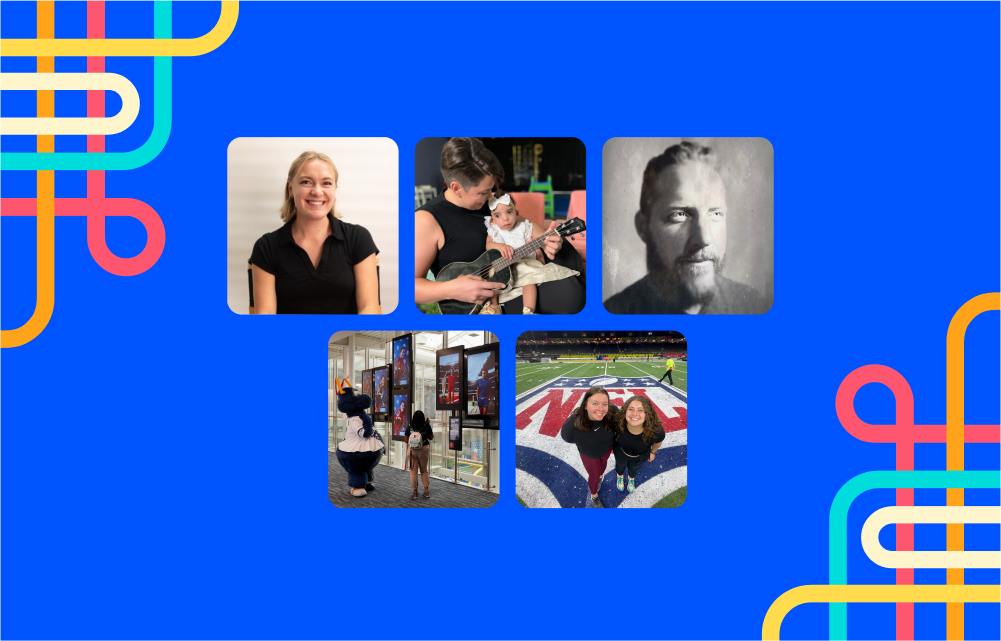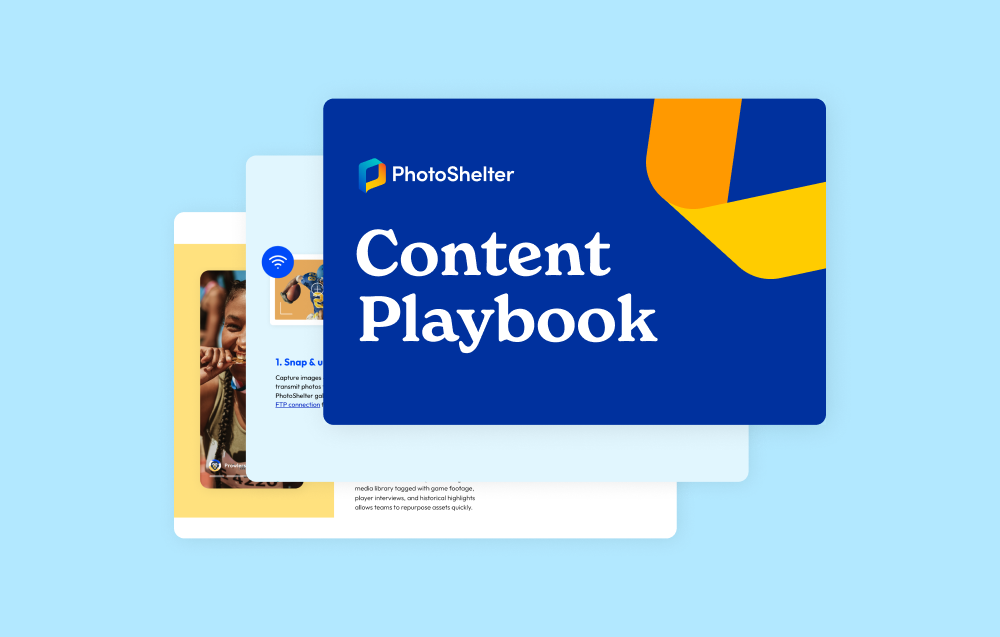We asked DAM veterans: What’s one thing you wish you knew when you were just starting out with DAM?
The big takeaway? Anticipate changes. Here are 7 tips for getting started with DAM.
1. Prepare for the unexpected.
Scott Sokol | Sr. Manager, Production Media Services at MLB | Twitter / LinkedIn
“I fell into a job in this area right out of college and like many, I didn’t know much about digital asset management. The company I was with was just moving from SD to HD video, but much of what we dealt with was SD. The systems we used were not ready for the size and storage required to handle HD.
Thankfully, both at CBS College Sports and now at MLB Network, I’ve worked with mentors and colleagues more technically focused and ready for the future than I was at the start. So, I’d say that the greatest lesson for getting started with DAM is to prepare for the unexpected and be ready for challenges you never saw coming. Build with the expectation that you will expand in ways you never expected.”
2. Flexible naming conventions and metadata make all the difference.
Thomas Novembre | Digital Supply Chain + Creative Services, Consultant | LinkedIn
“When just starting out with digital asset management, there are two big areas to consider: flexible naming conventions and metadata. With flexible naming conventions, even though you’ve thought of everything, remember that the future will bring changes, such as new channels, that you cannot anticipate. Be sure you can expand your naming conventions to accommodate evolving needs. And if that time comes, avoid completely changing your standard and instead try modifying it – like adding a suffix – so there’s some consistency with legacy files.
With metadata, be sure to have a robust schema that is expandable. You should have various means of applying it too, depending on the work stream. You should also have the flexibility to tag automatically, manually, individually and en masse. If reliable data already exist in a system of record, pull from there as much as possible to avoid duplicate work and ensure better accuracy.”
Related Content: Sample Metadata Policy Template
3. Determine how end users search for content.
Jennifer Terbosic | Digital Asset Manager at Philadelphia Eagles | LinkedIn
“One of the things I’ve learned as a Digital Asset Manager is that at first, it’s like being on an island. You have a lot of assets in all different formats and locations, and you need to get them organized. But how?
As a first step, I think it’s important include your team members, set up a governance group and work together on prioritizing what content populates the DAM at the onset. Then create a metadata schema and share thoughts on how different end users will search for this content. This process can also help with user adoption and buy in as well.
Prior to purchasing your system, you should also fully understand all of your users’ needs and requirements. Each group or department is going to have specific content needs; make sure you have the right system in place to meet all of those requirements.”
Related Content: 5 Expert Tips for Getting Started with Your Visual Media Library
4. Understand the limitations of your organization.
Dan Piro | Director, Digital Asset Archive at NHL | Twitter / LinkedIn
“One thing I wish I knew starting out with DAM is this: While there are widely accepted best practices, a realistic DAM implementation in most corporate ecosystems is more about finding a route with lesser evils, rather than following the rules to a tee.
Success is not necessarily measured by how well you follow the industry standard. Instead, it’s about how you apply those concepts while keeping in mind factors like budget limitations, influence from your user base, the capability of your infrastructure, and a host of other problems.
I find that a successful asset manager is one that doesn’t try to dictate how things are to be done. Instead, they acquire an understanding of the landscape and find a path to improving the organization while limiting disturbance.
People are hard to change, but by finding ways to work with them instead of making them do something for you, you’ll get more cooperation and buy-in with the changes you’re trying to make. As an old supervisor once said to me, ‘you catch more flies with honey.’”
Related Content: How to Build Your Brand’s Photo and Video Library
5. Communicate the role of your DAM platform.
Jessica Gallagher | Digital Art Asset Manager at Revlon | LinkedIn
“When I was first starting out with DAM, I wish I realized all the ways users and potential users utilized the system and viewed the DAM platform’s role overall. I also wish I knew the large range of their search habits, even within single teams or departments.
Working at both small and large companies, it has been interesting to meet individual users as well as larger teams, and learn more about their DAM perceptions, and understand their search habits and individual needs as customers.
I wish I learned more about our users and had more cross-functional meetings to establish a unified understanding of our DAM platform’s role. This would have created a solid foundation before delving into the system itself. In the end, creating a positive user experience is my main goal as a Digital Asset Manager.”
Related Content: Digital Asset Management Resources, Case Studies and Webinars
6. Be ready to pick up knowledge outside of DAM.
Dan Rosenberg | Associate Director, Asset Management at Time Inc. Studios | LinkedIn
“I wish I knew that working in DAM means you will end up interacting with nearly every piece of an organization. The ability to absorb knowledge outside the field and work with a wide variety of personalities is just as important as technical expertise.”
7. Know your goals.
Rebecca Schneider | Executive Director, Content at Avenue CX | LinkedIn
“As a content strategist, I know it’s important to understand what you’re working towards at a high level. So when thinking about DAM, it’s important to understand your organization’s goals and how a DAM project can help meet those goals. You should also plan! Create a roadmap and get buy-in from all stakeholders. And always identify KPIs (key performance indicators) and associated metrics – to measure your progress.”
Bonus Tip: Avoid systems that are hard to learn.
Suzanne Saylor | Digital Asset Management at Boeing | LinkedIn
“When evaluating a DAMS, it’s important to consider not only whether it meets all your organization’s most important requirements, but also how the system does it. If a DAMS can tick off every item on your wish list but it’s unintuitive and hard to learn, it will be difficult to get your user community on board.”
Cover photo by PhotoShelter member Jamey Price.


